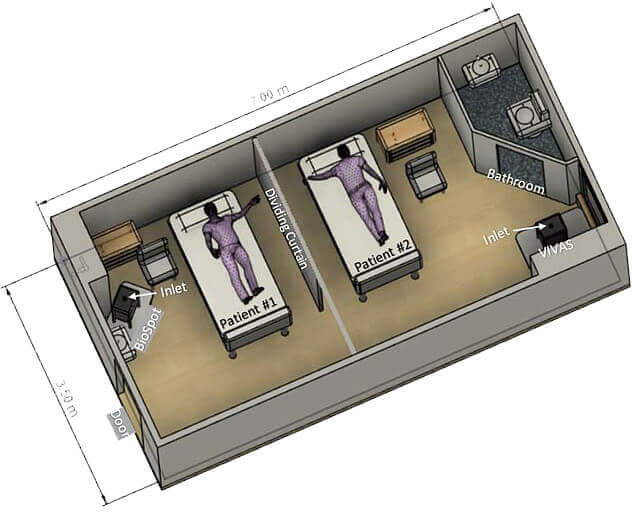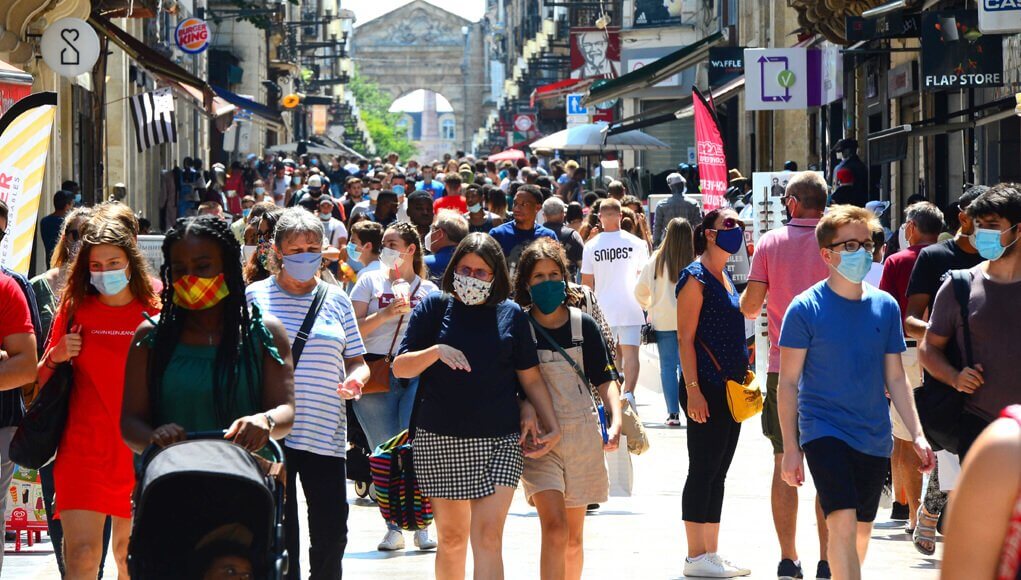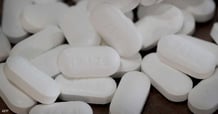The departments of health and disease control in the countries of the world call for maintaining a safe distance, estimated at two meters, between people, to prevent the spread of infection with the Coronavirus, but American scientists have discovered that the virus particles travel to a greater distance than that.
A report published by the ” VOA “, according to a study conducted by researchers from the University of Florida Health Sands Hospital, stated that the recommendation to maintain a distance of only two meters would provide a “false sense of safety” for people.
The study was conducted based on air samples collected from hospital rooms, in which infectious particles of the virus were discovered 7 to 16 feet away, which means Covid-19 can travel through the air between two to five meters.
The study will not, and despite its disturbing results, it has not been subject to scientific arbitration.
New pre-print on viable SARS-CoV-2 in aerosols (with observed CPE and TCID50s done in Vero E6 cells) by Lednicky et al: https://t.co/lXowIv1LjK
-Hospital setting
-Room with 6 ACH + MERV 14 filtration + UVC before recirculation @linseymarr @j_g_allen @ShellyMBoulder @jljcolorado— Lucas Rocha-Melogno, PhD (@Lucas_Bolivian) August 6, 2020
During the past months, controversy has arisen over whether the Coronavirus is transmitted by air or not, which is what the World Health Organization said may be possible last July, after a letter sent by dozens of doctors and scientists, in which they confirm that indicators show its transmission in the air.
And 239 international scientists had agreed that a new fact about Corona, that it is transmitted by air, and remains able to transmit the infection to humans when inhaled, whether carried by large droplets of droplets that travel quickly in the air after sneezing or much smaller drops flying to the last point inside a room.

The World Health Organization says that the virus is primarily transmitted from person to person through droplets flying from the nose or mouth of an infected person when speaking, coughing, or sneezing.
Scientists say that multiple studies have proven that particles known as aerosols, which are microscopic parts of respiratory droplets, can hang in the air for long periods and fly for tens of meters, making rooms, buses and other narrow, poorly ventilated places dangerous, even when people maintain The two-meter distance recommended by the World Health Organization.
And a scientific study published in the Journal of the American Medical Association, last April, had indicated that under the right circumstances, the droplets contaminated with the virus issued as a result of sneezing, coughing and even exhaling, could travel more than 26 feet (approximately 8 meters) and remain in the air for minutes.
Coronavirus might spread much farther than 6 feet in the air.
New research published in the Journal of the American Medical Association shows that droplets in our coughs could travel as much as 26 feet.
CDC says wear a mask in public. pic.twitter.com/VytTn50NoM
— USA TODAY Graphics (@usatgraphics) April 4, 2020
The study indicated that there is no virtual wall at a distance of 3 to 6 feet and that the distance of spraying differs from one person to another, and depends on several factors, including the physical structure, environment, humidity, and temperature.












